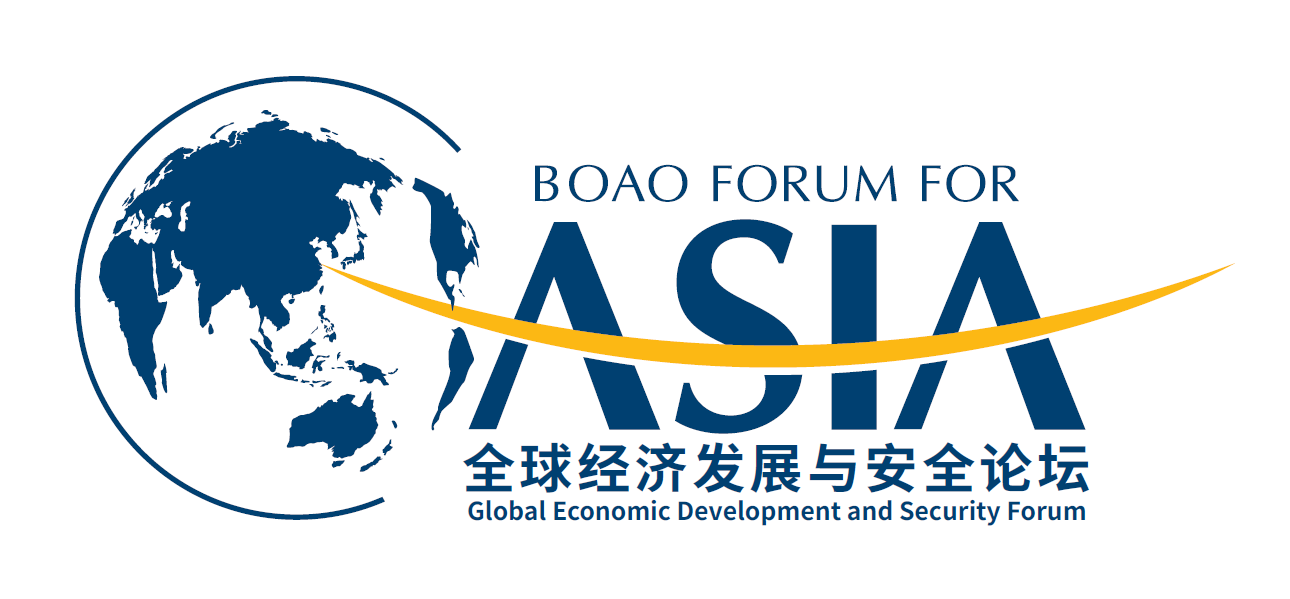
胡晓炼
中国国际经济交流中心副理事长
原中国进出口银行行长
HU Xiaolian
Vice Chairman of China Center for InternationalEconomic Exchanges and
Former Chairwoman of theExport-Import Bank of China
答:2024年全球经济环境总体较上年有所缓和,但这一缓和还难以明显惠及发展中国家。部分发展中国家是能源供给方,能源价格的回落使能源生产国收入下降,对财政收支平衡产生更大挑战。发达国家高通涨虽已见顶有所缓和,但利率水平下降仍有待时日;发展中国家依然处于高利率环境,融资成本高企,债务还本付息压力未有根本减轻。在全球仍处于高利率的环境下,发展中国家的汇率仍面临压力,资本外流的风险依然存在。整体上看,发展中国家财政、货币等宏观政策空间有限,刺激推动增长可用的工具不多。中国是少数例外的经济体,其所处的经济周期与多数国家有明显差异,应对周期性因素的宏观政策工具仍有较大空间。但深层次的挑战在于结构性因素,一般传统政策工具作用效力下降,全面深化改革,激发各要素活力,方可为中国经济发展注入更大动力。
问:随着主要经济体结束加息周期,全球债务走势如何?如何评估债务脆弱性对全球经济稳定与增长的影响?
答:过去几年,受新冠疫情冲击、地缘政治风险加剧以及西方国家爆发的高通胀影响,低收入国家和最不发达国家的债务脆弱性显著增加,国际社会为缓解这些国家偿债压力和减轻对经济社会稳定的影响,采取缓债措施,取得积极成效。今年全球债务脆弱性形势向好,一是,当前全球债务结构中,发达国家占三分之二,新兴市场国家占约三分之一。发达国家此轮应对高通胀措施及时有效,在通胀较快显著下降的同时,经济增长仍然保持了较好的态势,负债率持续下降。
二是,过去几年新增债务,无论是发达国家还是发展中国家,均集中于若干主要大型经济体。这些国家经济基础雄厚,治理能力较强,虽然债务增幅大,但具有较强的债务管理能力和偿债能力。
三是,国际市场利率见顶,国际缓债努力见效,债务脆弱性经济体的压力减轻。因此从短期情况看,全球债务问题已不构成对全球经济稳定与增长的决定性影响,也不会形成系统性的风险冲击。从中长期看,应继续坚持和扩大按照市场原则在全球配置资源,支持和便利跨境投资,构建畅通高效的产业链供应链,带动低收入国家融入全球化,分享发展红利,增强发展能力,从根本上降低债务脆弱性。
A: While the global economic environment in 2024 has generally eased compared with last year, developing countries have yet to reap any significant benefits. Some developing countries are energy suppliers, and the decline in energy prices has reduced their income and posed greater challenges to their fiscal balance. Although inflation in developed countries is easing, it will still take time for interest rates to fall; developing countries remain in a high interest-rate environment, with high financing costs and debt repayment pressures that have not been fundamentally alleviated. The exchange rates of developing countries are still under pressure, and the risk of capital outflow remains. Overall, developing countries have limited room for maneuver in terms of fiscal, monetary, and other macro policies, and there are few tools available to stimulate growth. China is one of the few exceptions. Its economic cycle is significantly different from that of most countries, and it has considerable room for maneuver in terms of macro policy tools to respond to cyclical factors. However, the deep-seated challenge lies in structural factors. Generally, the effectiveness of traditional policy tools has declined. Only by comprehensively deepening reforms and stimulating the vitality of all factors can China inject greater impetus into its economic development.
Q: As major economies end their interest rate hike cycle, what is the trend in global debt? How should we assess the impact of debt vulnerability on global economic stability and growth?
A: In the past few years, the debt vulnerability of low-income countries and the least developed countries has increased significantly due to the impact of the COVID-19 pandemic, intensified geopolitical risks, and the outbreak of high inflation in Western countries. The debt suspension measures adopted by the international community to ease the debt repayment pressure of these countries and prevent economic and social instability have achieved positive results. The global debt vulnerability outlook for this year is positive. Firstly, developed countries currently account for two-thirds of global debt, while emerging market countries account for about one-third. Developed countries have adopted timely and effective measures to deal with latest bout of high inflation, maintaining momentum in their economic growth while inflation dropped rapidly and significantly, and their debt ratios have continued to decline. Secondly, in the past few years, the new debt of both developed and developing countries has been mostly incurred by a handful of major large economies. These economies have solid foundations and strong governance capabilities. Although their debts have increased significantly, they have strong debt management and repayment capabilities. Thirdly, the pressure on debt vulnerable economies has eased with the peaking of global market interest rates and as international debt relief efforts take effect. Therefore, in the short term, the global debt problem will no longer have a decisive impact on global economic stability and growth, nor will it create systemic risk. In the medium to long term, continued efforts will be required to uphold and expand global allocation of resources in accordance with market principles, support and facilitate cross-border investment, and build smooth and efficient industrial and supply chains, thereby helping low-income countries integrate into globalization, share development dividends, enhance their development capabilities, and fundamentally reduce their debt vulnerability.
来源:博鳌亚洲论坛
